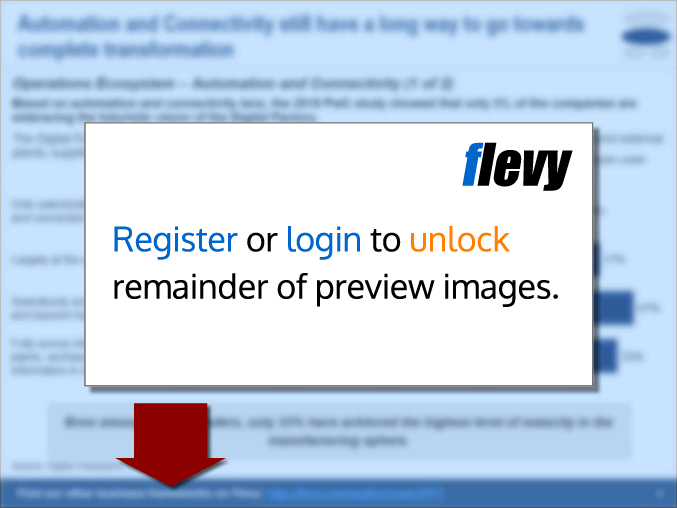Target Costing (PowerPoint PPTX Slide Deck)
PowerPoint (PPTX) 23 Slides FlevyPro Document
COST REDUCTION ASSESSMENT PPT DESCRIPTION
Target Costing is a proactive Cost Planning, Cost Management, and Cost Reduction practice. Costs are planned and managed out of a product and business early in product life-cycle, rather than during the later stages.
Target Costing is an organized process to determine the cost at which a proposed product must be developed so as to generate profits at the product's anticipated selling price in future.
This presentation provides a detailed overview of the Target Costing Process and its 3 key phases:
1. Market-Driven Target Costing
2. Product-Level Target Costing
3. Component-Level Target Costing
This deck also deliberates on the key features and advantages of Target Costing, the factors influencing the approach, and its applications in various industries. Target Costing is a superior approach to Cost Reduction and Control.
The slide deck also includes some slide templates for you to use in your own business presentations.
Target Costing is essential for maintaining profitability in a competitive marketplace. This framework emphasizes the importance of setting cost targets early in the product development process to ensure that the final product meets market demands while achieving desired profit margins. By focusing on cost management from the outset, companies can better control expenses and optimize resource allocation.
This presentation also highlights the role of cross-functional teams in achieving target costs. Integrating activities such as design, procurement, and manufacturing ensures that all aspects of the product lifecycle are aligned with cost objectives. The included templates provide practical tools for implementing Target Costing in your organization, making it easier to apply these principles and drive cost efficiency.
Got a question about the product? Email us at flevypro@flevy.com.
Source: Best Practices in Cost Reduction, Cost Management, Cost Analysis PowerPoint Slides: Target Costing PowerPoint (PPTX) Presentation Slide Deck, LearnPPT Consulting
COST REDUCTION ASSESSMENT PPT SLIDES
Did you need more documents?
Consider a FlevyPro subscription from $39/month. View plans here.
For $10.00 more, you can download this document plus 2 more FlevyPro documents. That's just $13 each.









